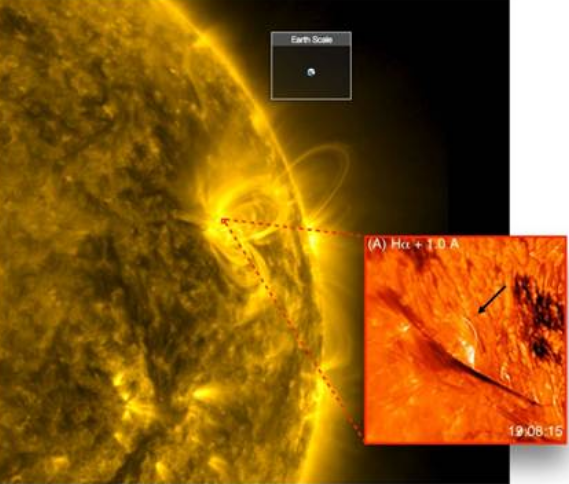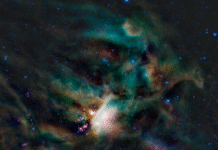NEW DELHI– In a breakthrough that could unlock some of the Sun’s most elusive secrets, astronomers at the Indian Institute of Astrophysics (IIA) have discovered hidden miniature plasma loops in the solar corona. The finding may provide new insights into how the Sun stores and unleashes magnetic energy.
The IIA, an autonomous body under India’s Department of Science and Technology (DST), revealed that these tiny loops—small, short-lived structures—have remained largely undetected until now due to their size and fleeting nature.
Coronal loops are arch-like structures of superheated plasma in the Sun’s outer atmosphere, glowing at temperatures exceeding a million degrees Fahrenheit. The miniature versions discovered by the team measure about 3,000 to 4,000 kilometers in length—roughly the distance from Kashmir to Kanyakumari—but are less than 100 kilometers wide, making them incredibly difficult to observe with conventional instruments.
“These tiny loops live fast and die young, lasting only a few minutes, which makes them extremely hard to catch in action and even harder to understand,” said Annu Bura, a doctoral researcher at IIA.
“Despite their small size, these loops are surprisingly significant. They give us a new way to examine how magnetic energy is stored and released in the solar atmosphere on very small scales,” Bura added.
The study, published in The Astrophysical Journal, was based on a combination of high-resolution imaging and spectroscopy. The team utilized data from several advanced instruments: the Goode Solar Telescope at the Big Bear Solar Observatory (BBSO), NASA’s Interface Region Imaging Spectrograph (IRIS), and the Solar Dynamics Observatory (SDO). Together, these allowed the researchers to study the loops across multiple wavelengths.
“Our multi-instrument approach enabled us to analyze the loops not just in visible light, but also in ultraviolet and extreme ultraviolet wavelengths,” Bura said. “This revealed their dynamic behavior across the chromosphere, transition region, and corona—the key layers of the Sun’s atmosphere.”
One of the tools used to detect these delicate structures was the H-alpha spectral line, emitted by hydrogen atoms and commonly used to probe the solar chromosphere, the layer just above the Sun’s visible surface. In the redder (longer-wavelength) part of the H-alpha line, the loops appeared as bright, thread-like arcs—clearly visible for the first time.
To determine the temperature inside the loops, the team employed a technique called Differential Emission Measure (DEM) analysis. Their results showed plasma temperatures soaring to several million degrees—hot enough to glow in extreme ultraviolet light, as captured by SDO’s Atmospheric Imaging Assembly.
Looking ahead, the team believes the proposed 2-meter National Large Solar Telescope (NLST), planned near Pangong Lake in Ladakh, could offer an even clearer view of these small-scale solar features and further advance our understanding of the Sun’s hidden activity. (Source: IANS)













